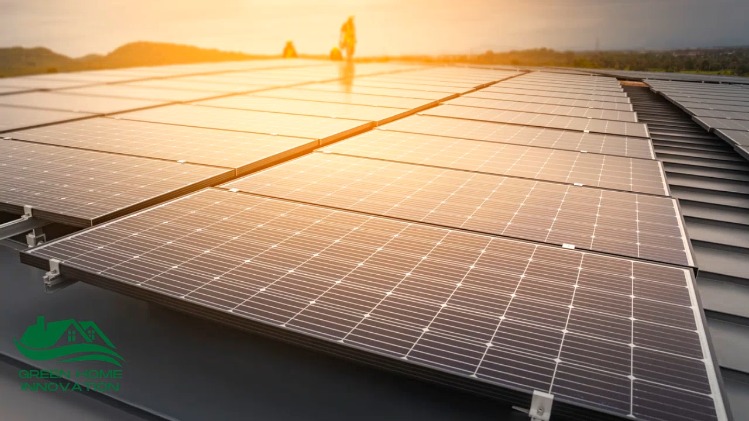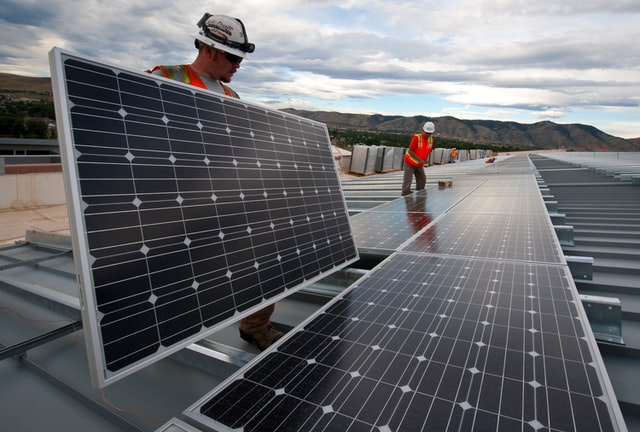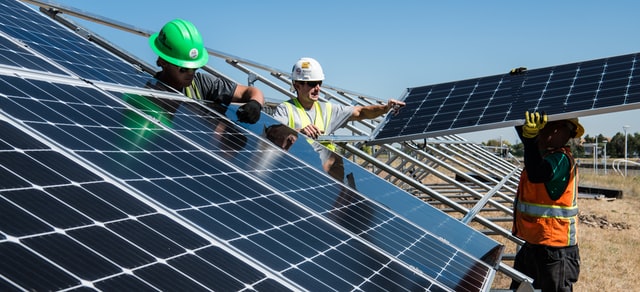A solar-powered house design will take advantage of the home’s site, climate and materials to minimize energy use. Homeowners with solar power systems can benefit from lower electricity bills, a lower carbon footprint, and higher-valued homes.

How it works
Solar panels absorb energy from sunlight through their PV cells, converting it into electrical charges. They then use this electricity to power your home in an energy-efficient and environmentally friendly way.


Installation process




The first step when setting up solar panels is to erect scaffolding. This will ensure everyone’s safety during the installation process which will require work atop your home’s roof. Set up a mounting system to support the base of the panels. You must tilt the mount to an angle of between 18 and 36 degrees to ensure maximum exposure to the sun.
Once you’ve set up the mounts, you can install and wire the solar panels to the house’s electrical appliances. From then, you can install the solar inverter – this must be kept in a cool place. Connect it to the solar battery and the consumer unit to allow the panels to generate electricity. You can choose to install a generation meter – which we highly recommend, as it will allow you to monitor the amount of electricity being produced by your panels.